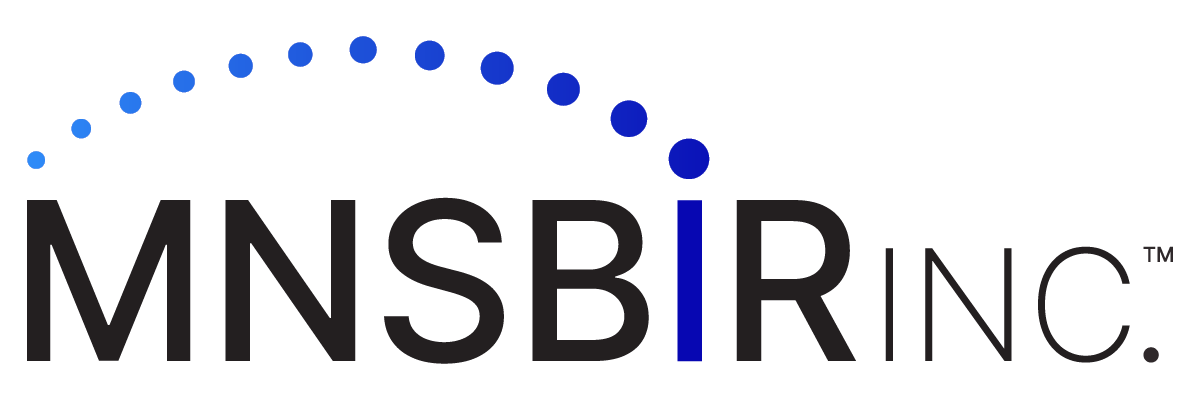Get started on your path to commercialization.
The Catalyst Program delivers coaching to small businesses engaged in early-stage product research and development with strong commercialization potential. We evaluate projects based on technical feasibility, market potential, commercialization strategy, innovation, and technical risk. By supporting projects across multiple phases and agencies, the Catalyst aims to facilitate the development and commercial success of innovative ideas and products.
We support Phase I, II, IIB, Fast Track, and Direct to Phase II projects across the 11 federal agencies.
Launch Minnesota SBIR/STTR Matching Grant Applicants: Click on the button Apply to the Catalyst Program to complete your client registration (free). We will use this information to complete our letter for your SBIR/STTR matching grant application. Please email us at client@minnesotasbir.org if you have any questions.
1. The Technology Innovation. (Up to 500 words) – Describe the technical innovation that would be the focus of the project, including a brief discussion of the origins of the innovation as well as explanation as to why it meets the program’s mandate to focus on supporting research and development (R&D) of unproven, high-impact innovations.
The Technology Innovation is……..
2. The Technical Objectives and Challenges. (Up to 500 words) – Describe the R&D or technical work to be done in the project, including a discussion of how and why the proposed work will help prove that the product or service is technically feasible and/or significantly reduce technical risk. Discuss how, ultimately, this work could contribute to making the new product, service, or process commercially viable and impactful. This section should also convey that the proposed work meets the definition of R&D, rather than straightforward engineering or incremental product development tasks.
The technology development goal is:
The technical questions are:
The technical objectives and tasks are:
Note: Technical questions lead to technical objectives and tasks that if successfully executed achieve the anticipated technical goal.
3. The Market Opportunity (Up to 500 words) – Describe the customer profile and pain point(s) that will be the near-term commercial focus related to this technical project. Describe the market and addressable market for the innovation.
No response required for your submission; however, each agency requires the firm to describe the market opportunity in the first application. The questions include Discuss the business economics and market drivers in the target industry. How has the market opportunity been validated? Describe your customers and your basic go to market strategy to achieve the market opportunity. Describe the competition. How do you expect the competitive landscape may change by the time your product/service enters the market? What are the key risks in bringing your innovation to market? Describe your commercialization approach. Discuss the potential economic benefits associated with your innovation, and provide estimates of the revenue potential, detailing your underlying assumptions. Describe the resources you expect will be needed to implement your commercialization approach.
4. The Company and Team. (Up to 250 words) – Describe the background and current status of the applicant small business, including key team members who will lead the technical and/or commercial efforts.
5. Scientific and Technical Literature: Conducting a scientific and technical literature review is an essential step in the research process. It involves systematically searching, evaluating, and synthesizing existing scholarly works, such as research papers, articles, books, and other relevant publications, to gain an understanding of the current state of knowledge on a particular topic. With this in mind, we ask applicants to include up to five peer reviewed publications. These publications can be derived from others or yourself. Conducting a literature review is important and necessary to communicate to reviewers and the agency that the applicant is aware of the state of the art in their scientific or technical field.

